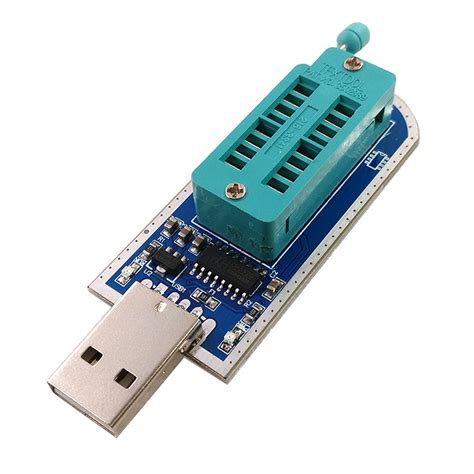编程content
In programming, a contract refers to a set of agreements or specifications that define the interaction between different parts of a software system. These agreements can take various forms, including preconditions, postconditions, and invariants. Let's delve deeper into the concept of contracts in programming.
Types of Contracts
1. Preconditions: These are the conditions that must be true at the point of entry to a function or method. They define the constraints on the inputs to the function. If a precondition is not met, the behavior of the function is not defined, and it may result in an error or exception.
2. Postconditions: These are the conditions that must be true at the point of exit from a function or method. They define the guarantees provided by the function after its execution. Postconditions ensure that the function has produced the expected results and has left the program state in a consistent state.
3. Class Invariants: In the context of objectoriented programming, a class invariant is a condition that must be true for all instances of a class. It is a way to define the integrity constraints for objects of a particular class, and it is the responsibility of the methods of the class to maintain these invariants.
Benefits of Using Contracts
Integrating contracts into your programming practices offers several benefits:
- Clarity: Contracts serve as a form of documentation that explicitly states the assumptions, constraints, and commitments associated with a piece of code. They enhance the clarity of code and make the expected behavior explicit.
- Debugging and Testing: Contracts help in identifying defects and issues early in the development cycle. They act as executable specifications and can be used to automatically generate test cases.
- Modularity and Interoperability: Contracts facilitate the independent development of components by clearly specifying their interfaces. This promotes modularity and aids in creating systems with interchangeable and interoperable parts.
- Maintainability: By explicitly stating the postconditions and invariants, contracts make it easier to understand the codebase and make modifications without introducing unexpected side effects.
Implementation of Contracts
While some programming languages have builtin support for contracts or offer dedicated libraries for contractbased programming (e.g., Design by Contract in Eiffel, Code Contracts in .NET), in other cases, developers need to manually implement contracts using assertions and error handling mechanisms.
For example, in languages like Python, developers often use assert statements to enforce preconditions, postconditions, and invariants. In Java, libraries like Google's Guava provide support for preconditions and assertions. Additionally, modern tools like linters and static code analysis tools can help in enforcing contractlike behaviors.
Best Practices for Using Contracts
When utilizing contracts in programming, it's essential to follow best practices to maximize their effectiveness:
- Write Clear and Concise Contracts: Contracts should be easy to understand and should not contain ambiguous or overly complex conditions.
- Avoid Excessive Checks: While contracts are valuable, excessive checking can introduce performance overhead. It's important to strike a balance between thoroughness and efficiency.
- Use Tools and Libraries: Leverage existing tools and libraries that support contractoriented programming to streamline the implementation and enforcement of contracts.
- Update Contracts When Necessary: As code evolves, contracts should be updated to reflect any changes in assumptions, constraints, or guarantees.

Conclusion
Contracts play a crucial role in ensuring the reliability, robustness, and maintainability of software systems. By explicitly defining the expectations and commitments at various points of a program, contracts contribute to the overall quality of the codebase and the software itself.
As a best practice, developers should embrace the use of contracts and incorporate them into their programming workflow to enhance the clarity, correctness, and resilience of their software.
版权声明
本文仅代表作者观点,不代表百度立场。
本文系作者授权百度百家发表,未经许可,不得转载。











